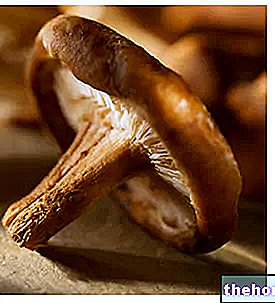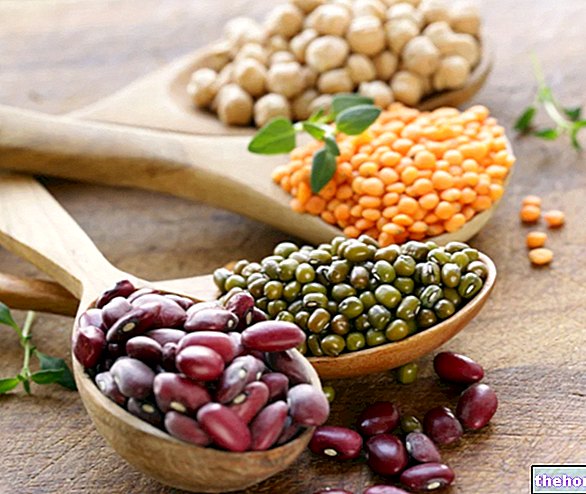Oleic acid is a monounsaturated fatty acid consisting of 18 carbon atoms (18: 1). It belongs to the omega-9 family, since the first and only double bond present in the molecule (hence the adjective monounsaturated) is found between the ninth and tenth carbon atom starting from the methyl group.
Oleic acid is typical of olive oil, in which we find it in percentages of about 60-80%, especially in the esterified form (triglycerides); the free share is instead small and must by law be less than 2% in virgin olive oil and 0.8% in extra virgin olive oil. In general, in fact, an oil is all the more valuable the lower its acidity is, a characteristic that makes it better from an organoleptic point of view and protects it from rancidity.

An oil rich in oleic acid is more stable at high temperatures than another rich in polyunsaturated fatty acids; for this reason, olive oil has a high smoke point and is particularly suitable for frying. The resistance to light, air and heat limits the formation of lipid peroxidation products, which have proved particularly harmful to human health . Still from a health point of view, we know that in general a diet rich in vegetable oils - with the exception of tropical ones and in particular palm oil - helps to prevent cardiovascular diseases.
So be careful: to stay healthy you DO NOT need to dramatically increase the consumption of olive oil, but simply prefer it to the animal lipids contained in butter, lard and lard. We must never forget, in fact, that caloric excesses are an "important cardiovascular risk factor and that a single tablespoon of oil provides almost 100 calories.
Oleic acid and in particular olive oil (due to its richness in tocopherols and polyphenols) also exert an anti-hypertensive and antioxidant effect.
In addition to olive oil, oleic acid abounds in rapeseed oil and tea seed oil; sunflower hybrids with a high content of oleic acid have also been introduced, both for purely industrial factors and for the benefits on the " body.




























